| It is early January and a friend sent a picture of her bee bring in pollen this January and since it is early for Maple or Winged Elm I thought it would be a Mahonia. This nice pollen chart by color might be helpful to fellow beekeepers but they seem to miss Mahonia. | 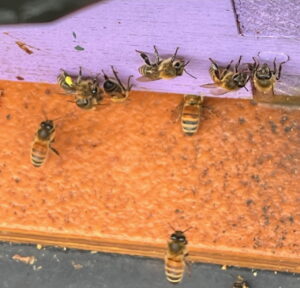 |
Many Asian mahonia’s have joined our own trio of native species. They are generally much taller, bloom in the fall to spring and often need pruning back to rejuvenate the plant.
Mahonia Lomarifolia (Chinese Mahonia) may be the oldest introduction having symmetrical rosettes of leaves on a multi-stemmed scaffold of balsa resembling wood growing well over ten feet. The new growth is often reddish, adding even more interest to this winter blooming plant.
Sun or partial shade. Lightly yellow flowers appear beginning late fall through early spring. Birds usually harvest the decorative powdery blue berries.
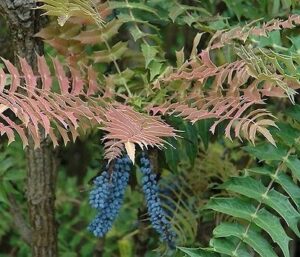 |
Mahonia bealei (Leatherleaf mahonia) was another early introduction and its flowers certainly attract bees and the fruit load is a boon for early season bird forage.
| This may be the most deer resistant Mahonia I know of. It will grow to a height of 4 to 8 feet with bright yellow flowers in winter and bright blue fruit in summer. The leathery, blue green leaves add much foliage contrast to the green Northwest garden and the flowers are very fragrant and ever welcome for beekeepers to see in the Winter. Plant in the woodland, in groupings and masses. |
From these early introductions the nursery industry has created fantastic new hybrids. Best of these are the following:
Mahonia x media ‘Charity’
| Mahonia x media ‘Arthur Menzies.’ With a complex origin on the West Coast this selection is worth buying as it has many unique attributes. Although it too is a large plant growing some 6 to 10 feet it has broader leaves than Charity and is more architectural. It also benefits from being cut back periodically. The blossoming time is later than Charity and the flower clusters are a little fatter and shorter. The fruit is blue purple in spring. |
Last but not to be ignored is: Mahonia x media ‘Winter Sun’
As a landscape shrub this rich forest-green foliage sets off the bright yellow early winter flowers. The drought/shade tolerance of this hybrid and all the others make it an excellent choice and will become a focal plant in the garden.
Offers bloom succession with the better known ‘Charity ‘blooming from November to January.
| All of these are easy growing shrubs are ideal for smaller gardens as they rarely exceed seven feet and can always be cut back. I will have these hybrids in stock for sale come April. |  |
(C) Herbert Senft 2023

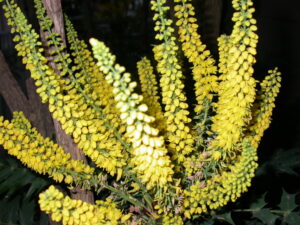
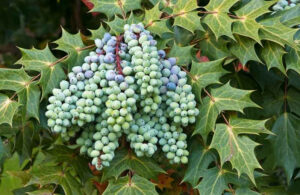
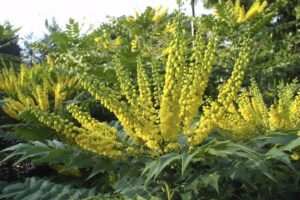
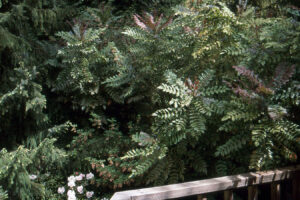
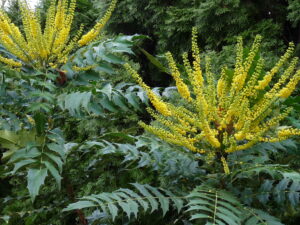
Great article and informative